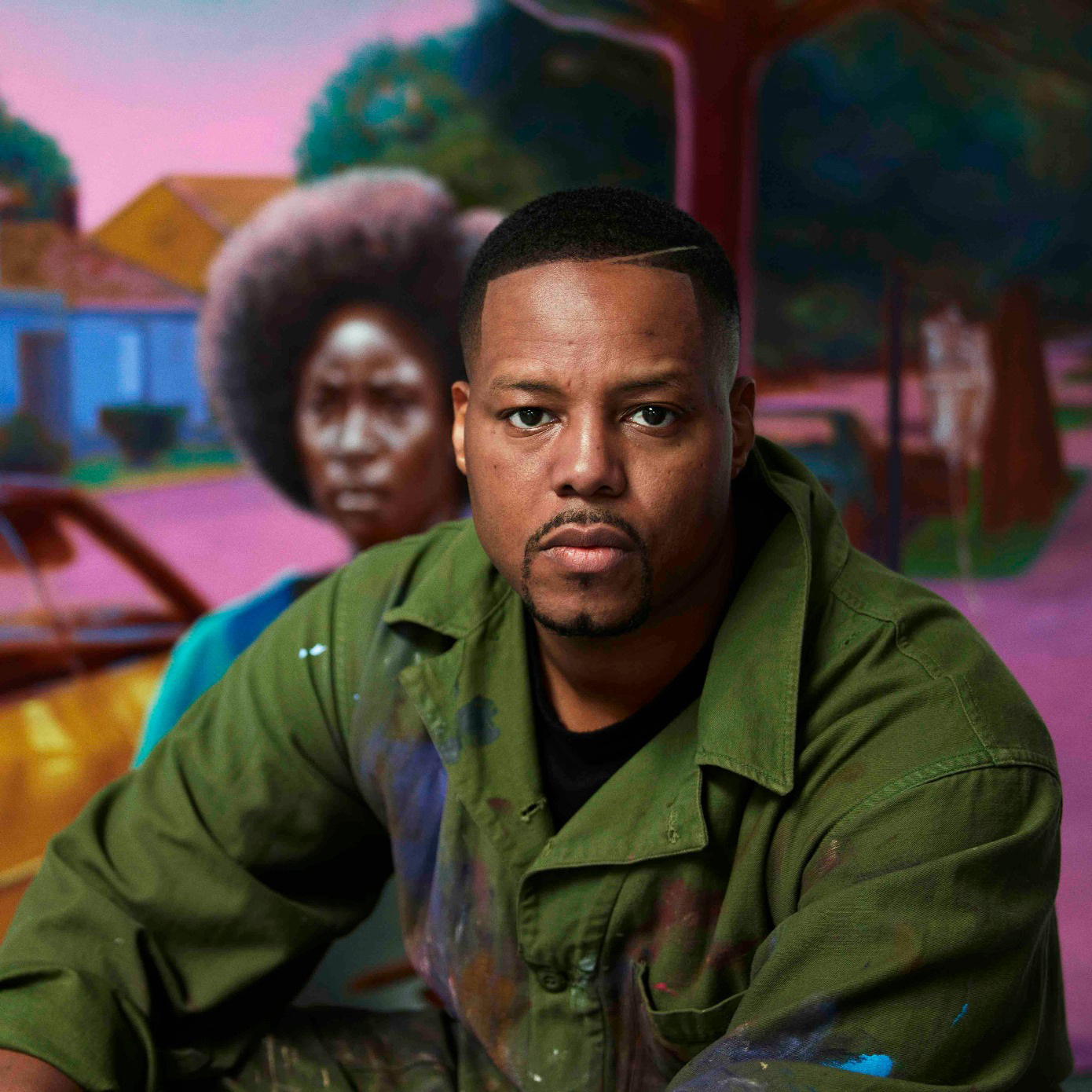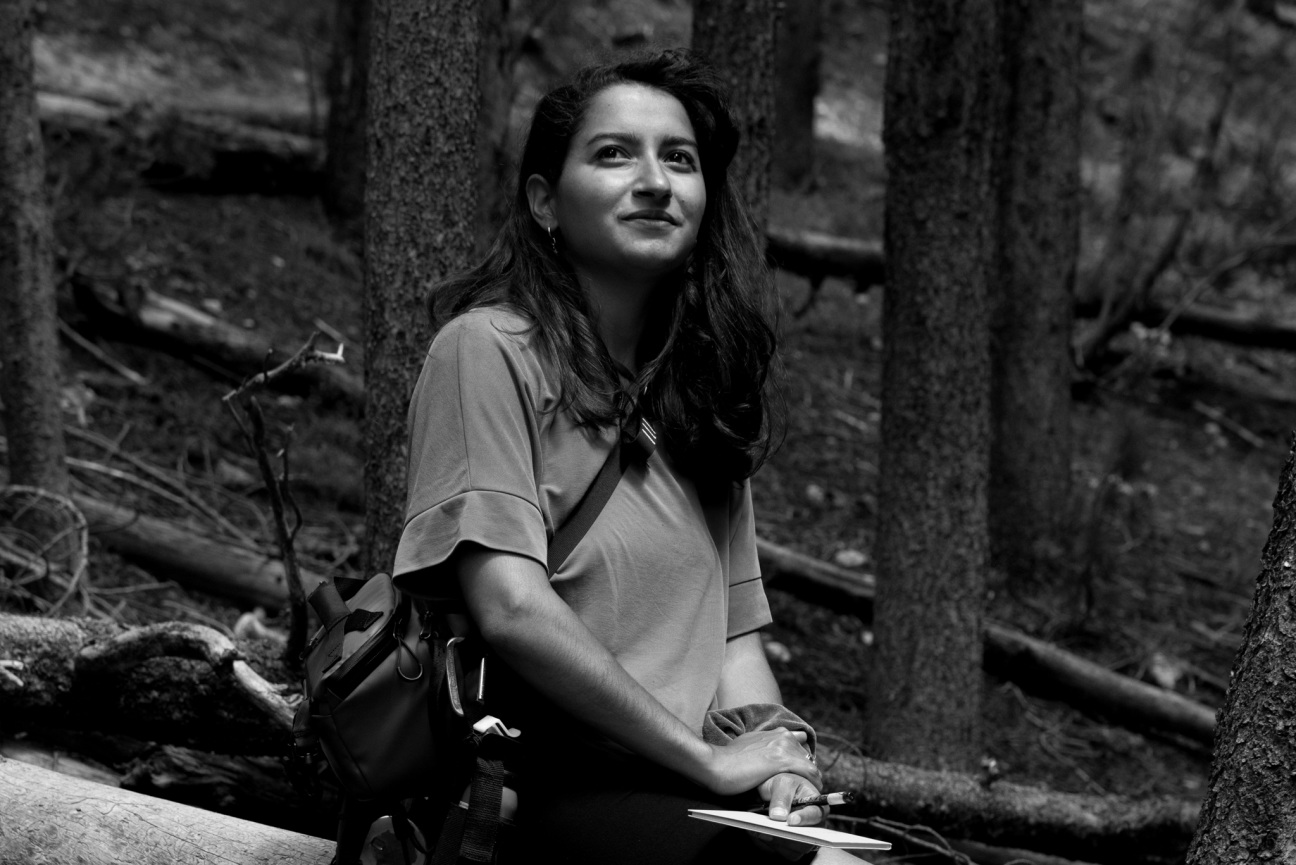
When Villa Albertine opened its doors in 2020, its mission was twofold. First, through a dynamic approach to artist residency programming, the initiative—created by the French Ministry for Europe and Foreign Affairs and supported by the French Ministry of Culture—would deepen the cultural exchange and connections between the Francophone world and the United States. Second, Villa Albertine would support a group of incisive artists in a time-honored enterprise: making creative sense of the U.S., a vast global superpower that can hardly make sense of itself.
It is this second mission that makes Villa Albertine’s artist residency model unique. Rather than identifying a particular city as the key to deciphering American culture and compelling artist residents to make work in response to that constraint, the program offers its participants the opportunity to tailor their experience. “It is not the resident who will adapt to Villa Albertine, but Villa Albertine that will adapt to the resident,” said Gaëtan Bruel, the organization’s former director. Residents represent all manner of mediums and career stages, and have included the award-winning Basque writer Marie Darrieussecq, who embedded herself in Los Angeles to explore her own tangled relationship to performance and the virtual world; and the creative duo Loo Hui Phang and Joseph d’Anvers, who settled in New Orleans to immerse themselves in the cacophony of cultural influences and artistic genres to craft a comic book-influenced musical project. There are no criteria for output; the Villa’s only expectation is that participants immerse themselves in and seek some deeper understanding of the community of their choosing.
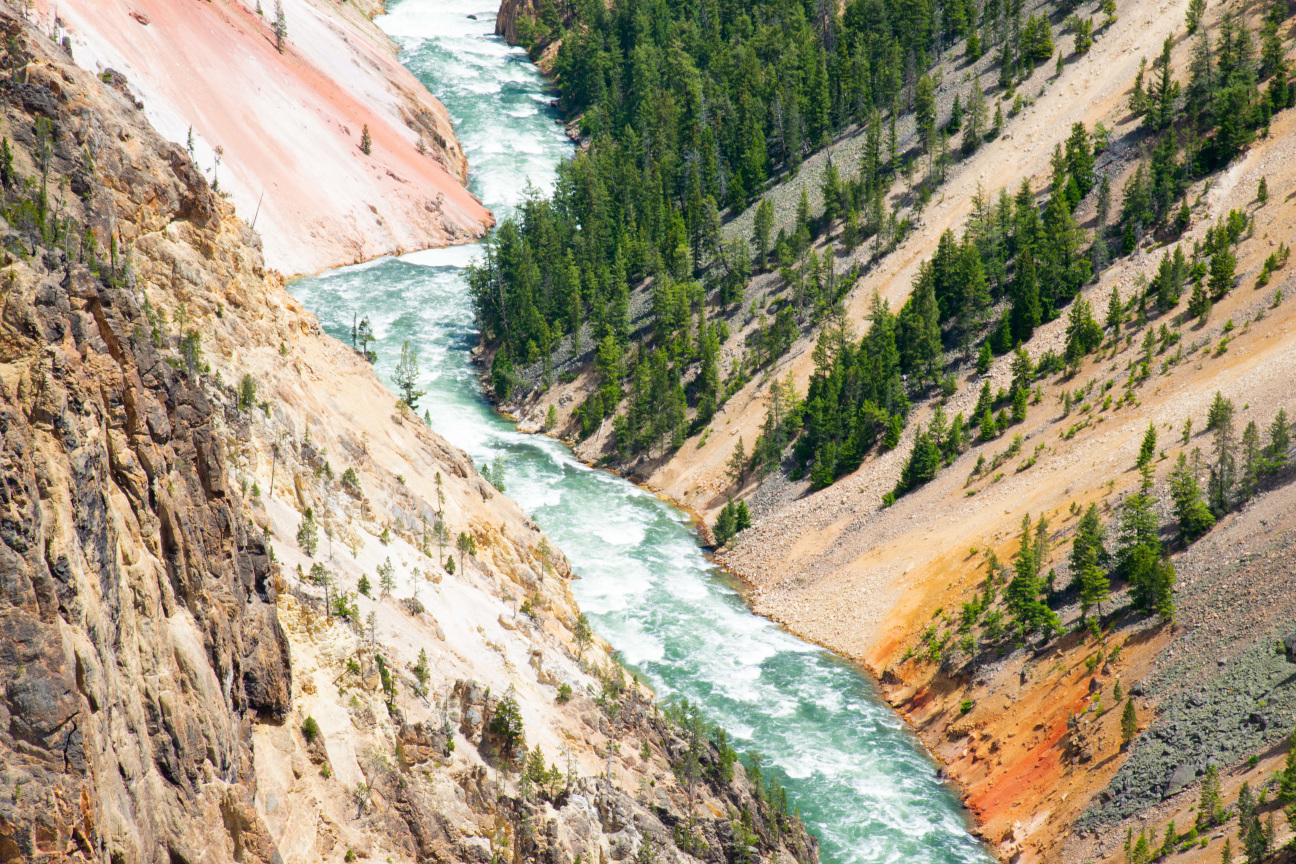
For Alice Chemama, a resident of Villa Albertine’s 2023 Summer program, “community” proved to be a loose term. The Paris-born illustrator, who spent two months living in Idaho at the lip of Yellowstone National Park, found herself alone often, traversing the preserve’s awe-inspiring trails to find signs of its most storied resident: the Grizzly Bear. To Chemama, who was born and raised in the manicured French capital, the very concept of the park was remarkable. “These huge predators are free to wander through a preserved wilderness ringed by all these people and towns. Coming from France, there is nature but not wilderness. I didn’t understand how this relationship could be possible,” she recalls.
Structures of human-animal coexistence and dominance are at the core of Chemama’s work. The artist grew up riding horses, finding the power dynamics at play both unsettling and creatively generative. “I’ve always loved nature,” says Chemama. “And I’m interested in the ways we fictionalize it and perceive it.” After finishing at Paris’s Ecole Nationale Supérieure des Arts Décoratifs, the artist, now 30, continued to channel the exhiliration and unease generated by the clash between nature and modern society into her work, which spans illustration, film, and composition.
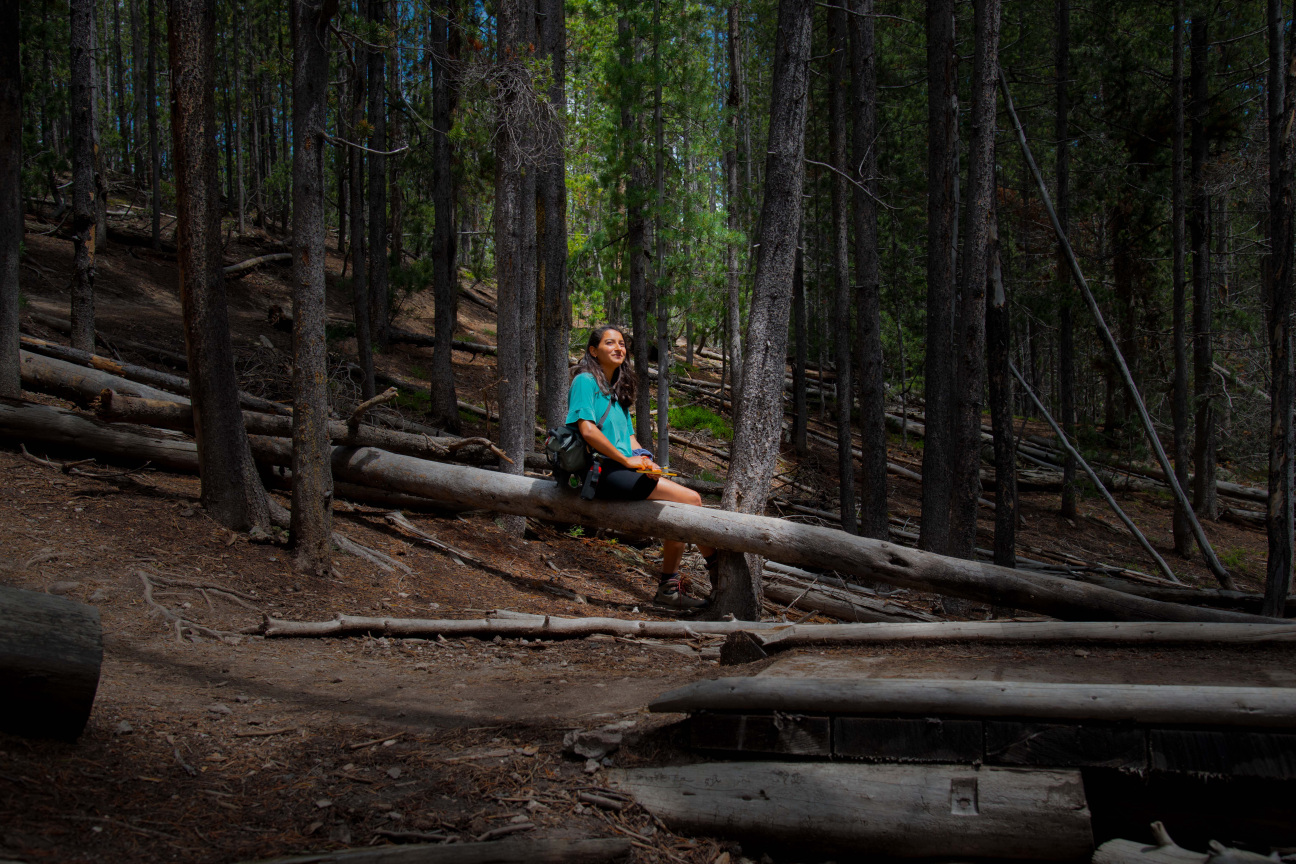
Keen to explore the nature of human-bear coexistence, Chemama arrived in Idaho and set about familiarizing herself with Yellowstone and its residents—befriending park rangers and developing the nonplussed reaction of a local when “bison jams” (herds blocking the road) traffic caused on the park’s one-lane roads. “I came here at first to understand two things. The lore and history that surround the bears there, and ways that humans in the area are relating to this giant predator that can stand on two legs and follow you up a tree.”
But Chemama’s immersion in the park yielded more insights into humanity than the ecosystem itself. “The National Park can feel like Disneyland,” she muses. “There’s a line to enter, you have a map of all the top attractions to check off your list … all the toilets, gas stations, restaurants, gift shops. The touristic part really struck me.” Even bear sightings resulted in carnivalesque commotion, with hoards of RVs parked by the side of the road to capture photos. When it came to the dramas of coexistence outside of the park’s grounds, Chemama’s research yielded intriguingly neutral results: “The humans of Yellowstone accept that they share their space with bears. They leave the fantasies to tourists,” the artist says, recalling an excursion she took to a bear sanctuary on the Montana side of the park, where injured and unruly bears lived out their days in relative comfort as testers for outdoor gear companies eager to learn if their products are bear-proof. “People are like, ‘Yeah, there are bears, it's part of life, and we don't even think about it anymore.’” Naturally, these revelations changed Chemama’s approach. “I decided to focus on the reality of living with bears, not the fantasy,” she says.
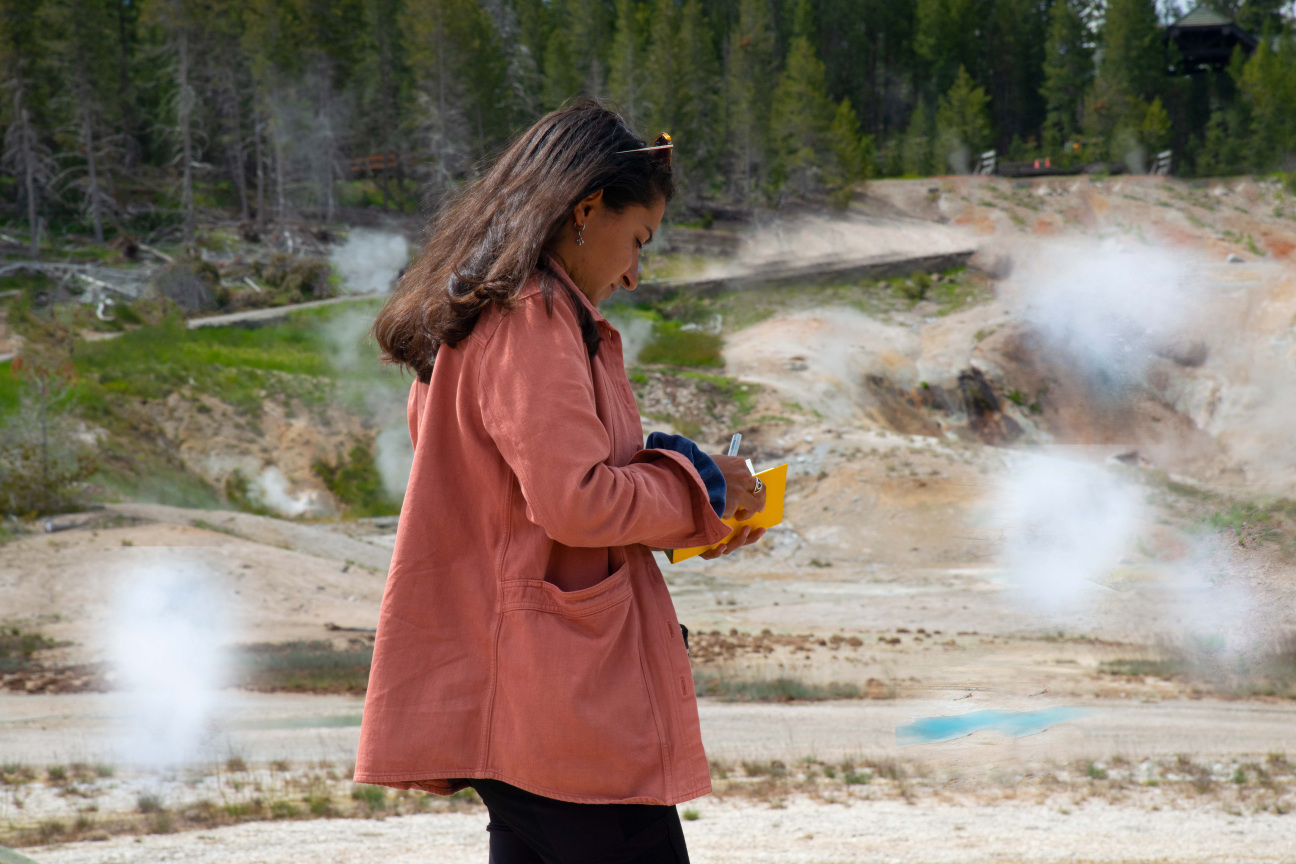
Today, Chemama is back in Paris, at work on her book. “When I left [Yellowstone], I was so sad. It took me three weeks to go back to my atelier and start to work again,” she recalls. When she did, it was with a sense of clarity: instead of focusing on the fantasy and lore of the natural world, she would focus on the same anticlimaxes that she’d encountered in the park. “I wanted to use the point of view of someone who is so disconnected from nature. She doesn't have bad intentions or anything, but she has to change all her expectations for how she treats nature when she gets to this incredible place.”
Last Wednesday, Villa Albertine launched its 2025 call for artist applications. “I wish I could do it all once more,” says Chemama of her experience. “I don’t know if I’ll ever find a residency like this again.”



